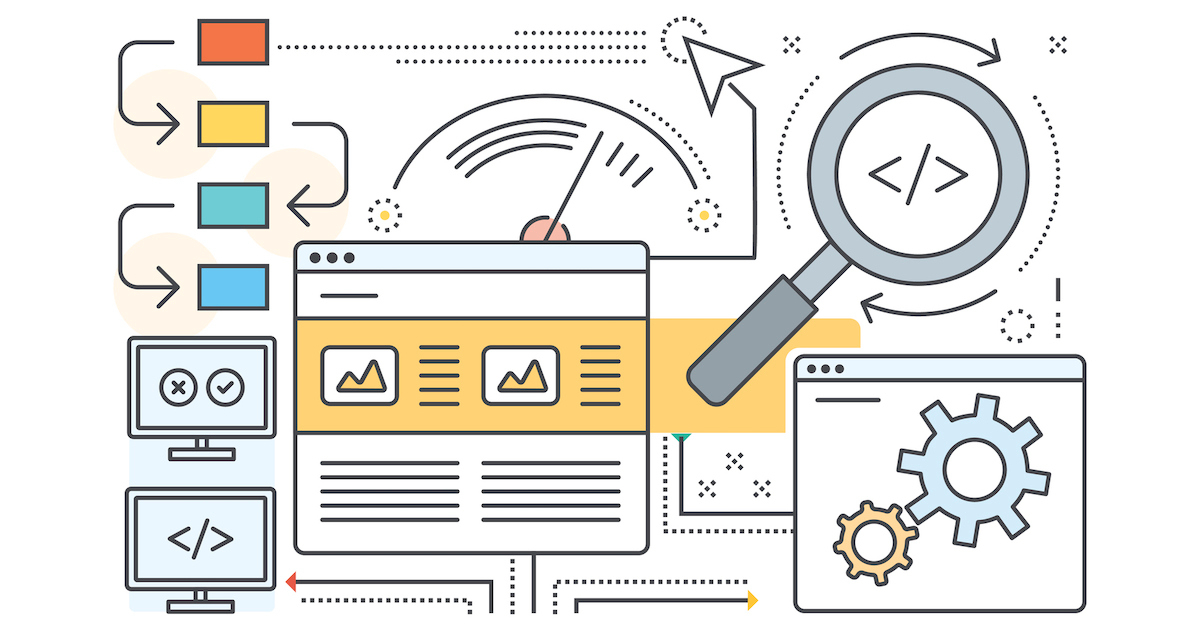Codetown
Codetown ::: a software developer's community
Has anyone gotten a Distribution Certificate for an iPhone app?
Tags:
Replies to This Discussion
-
Permalink Reply by Walt Sellers on November 17, 2009 at 3:47pm
-
I'm not sure why you can't see the button, but if you already have a distribution certificate in your account you can't get another.
If you created one for ad-hoc distribution, use that one for submitting to the App Store by creating a new distribution provisioning profile. -
-
Permalink Reply by Kevin Neelands on November 20, 2009 at 3:24pm
-
First it turned out the 'Add Certificate' button the docs referred to were not on that page, but if you select the "how to " tab it was at the bottom of that page. By that time I was confused enough I started from scratch, and what you pointed out - if you have one distribution certificate you can't get another - bunged me up for a while. So I decided to start from scratch a third time, starting with getting a development certificate, and somehow I got things so screwed up I can't even compile and install working versions on my iPhone. I've worked on the mac 3 times and each time it's just been incredibly frustrating.
-
Notes
Welcome to Codetown!
 Codetown is a social network. It's got blogs, forums, groups, personal pages and more! You might think of Codetown as a funky camper van with lots of compartments for your stuff and a great multimedia system, too! Best of all, Codetown has room for all of your friends.
Codetown is a social network. It's got blogs, forums, groups, personal pages and more! You might think of Codetown as a funky camper van with lots of compartments for your stuff and a great multimedia system, too! Best of all, Codetown has room for all of your friends.
Created by Michael Levin Dec 18, 2008 at 6:56pm. Last updated by Michael Levin May 4, 2018.
Looking for Jobs or Staff?
Check out the Codetown Jobs group.
InfoQ Reading List
AWS Expands Well-Architected Framework with Responsible AI and Updated ML and Generative AI Lenses

At AWS re:Invent 2025, AWS expanded its Well-Architected Framework with a new Responsible AI Lens and updated Machine Learning and Generative AI Lenses. The updates provide guidance on governance, bias mitigation, scalable ML workflows, and trustworthy AI system design across the full AI lifecycle.
By Leela KumilioRPC Releases Version 1.0 with OpenAPI Support and End to End Type Safety

Introducing oRPC 1.0, a cutting-edge TypeScript library for building typesafe APIs, offering a stable, production-ready solution with full OpenAPI integration. Key features include enterprise-grade type safety, complex type support, and seamless integration with popular frameworks. With superior performance and comprehensive migration guides, oRPC emerges as a choice for modern API development.
By Daniel CurtisQCon AI New York 2025: AI Platform Scaling at LinkedIn

At QCon AI NY 2025, LinkedIn's Prince Valluri and Karthik Ramgopal unveiled an internal platform for AI agents, prioritizing execution over intelligence. By using structured specifications within a robust orchestration layer, they enhance agent observability and interoperability while ensuring human accountability.
By Andrew HoblitzellPinterest Engineering Reduces Android CI Build Times by 36% with Runtime-Aware Sharding

Pinterest published a technical case study detailing how its engineering team cut Android end-to-end (E2E) continuous integration (CI) build times by more than 36 percent by adopting a runtime-aware test-sharding strategy and building an internal testing platform.
By Craig RisiPresentation: Lessons Learned From Shipping AI-Powered Healthcare Products

Clara Matos discusses the journey of shipping AI-powered healthcare products at Sword Health. She explains how to implement input/output guardrails for regulated industries and shares a framework for robust evaluations using human and LLM-based ratings. From prompt engineering to RAG and user feedback loops, she shares a data-driven roadmap for building reliable AI care agents at scale.
By Clara Matos
© 2025 Created by Michael Levin.
Powered by
![]()